Today I want to talk about something that’s been on my mind lately – sustainable fashion. As someone who loves to express myself through my clothes, I’ve been thinking a lot about how my fashion choices impact the planet.
The good news is, we can all make a difference by embracing sustainable fashion and still look absolutely fabulous while doing it!
Sustainable fashion is about making mindful choices that benefit both the planet and your wardrobe. As more people become aware of the environmental impact of clothing, eco-friendly fashion is gaining popularity.
You can look fabulous while also contributing to a greener, more ethical world. Let’s dive into what sustainable fashion really means and why it matters.
Table of Contents
What is Sustainable Fashion?
Sustainable fashion is all about creating clothes in an environmentally and socially responsible way. It’s about using eco-friendly materials, reducing waste, and ensuring fair treatment of workers.
Basically, it’s fashion that looks good and feels good, not just for you, but for the planet and the people who make your clothes.
It focuses on minimizing the environmental harm caused by fashion, from production to disposal. Beyond the environment, sustainable fashion also promotes fair wages, humane working conditions, and supporting local artisans.
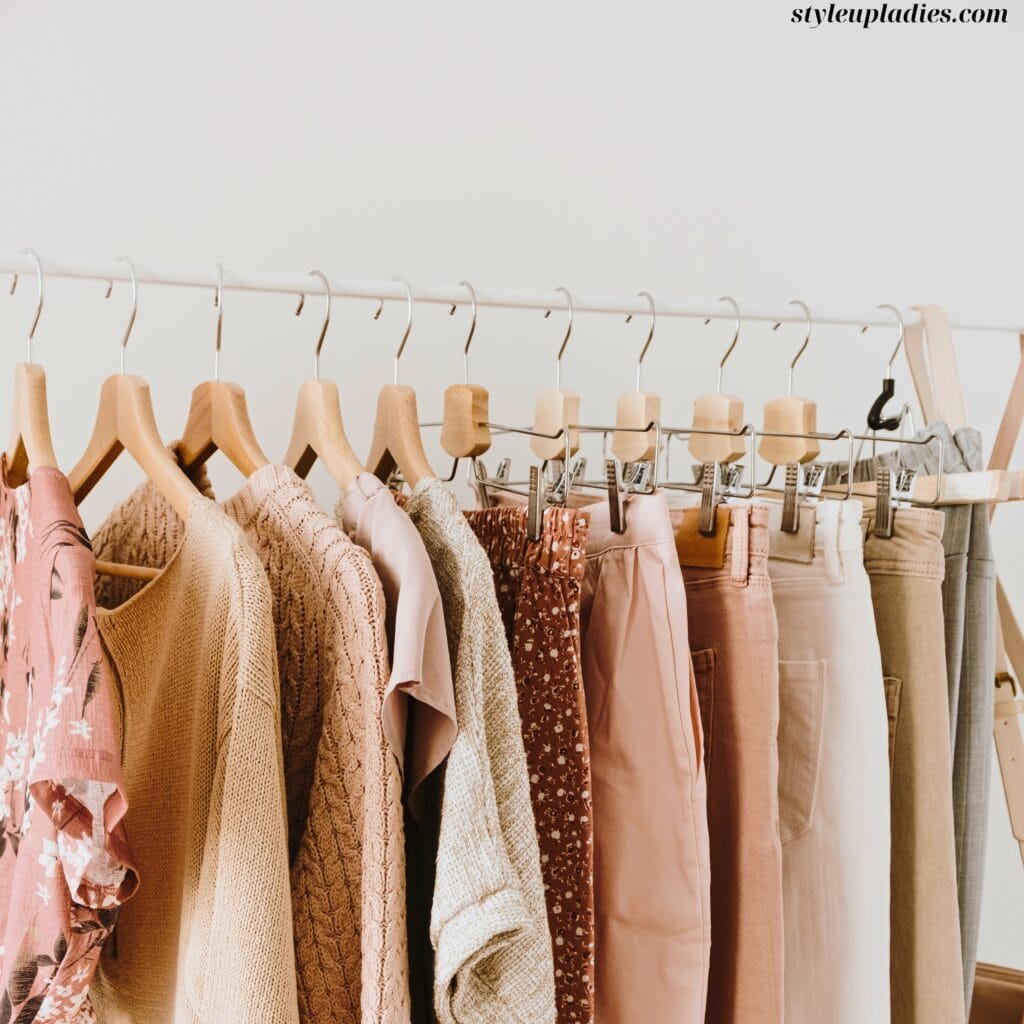
By choosing sustainable clothing, you’re supporting a system that values both people and the planet.
The Environmental Impact of Fast Fashion
The fashion industry is responsible for around 10% of global carbon emissions, making it one of the top polluters. Fast fashion, with its cycle of overproduction and waste, has led to huge amounts of clothing ending up in landfills.
Every year, millions of garments are discarded, contributing to both water and air pollution. Shifting towards sustainable practices can drastically reduce this waste and help protect our environment.And don’t even get me started on the water pollution and textile waste. It’s time we all take a step back and rethink our fashion habits.
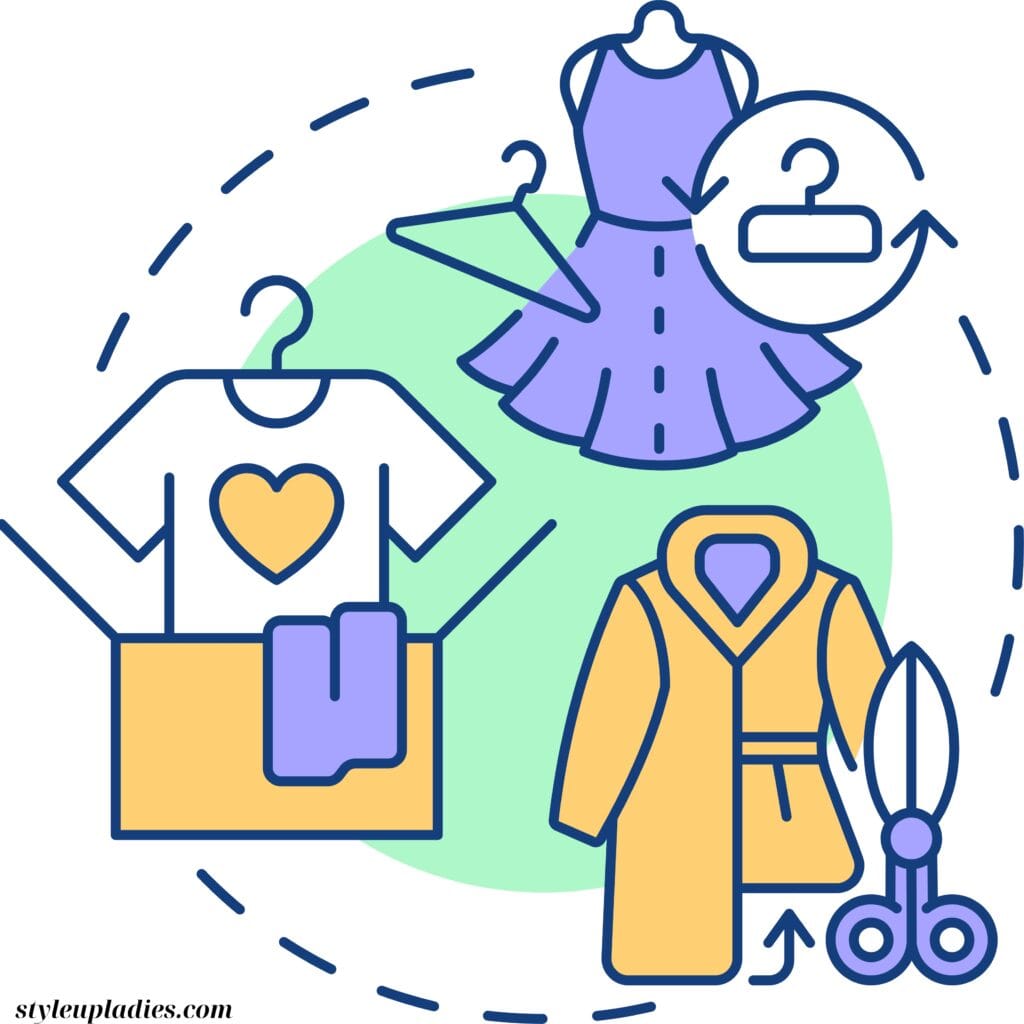
Why Should You Care About Sustainable Fashion?
- Reduce your carbon footprint: Sustainable fashion uses less energy and produces fewer greenhouse gasses.
- Support fair labor: Many eco-friendly brands prioritize ethical labor practices, ensuring workers are treated well.
- Healthier for you: Non-toxic, organic fabrics are better for your skin and health.
- Waste reduction: By buying less and choosing quality, long-lasting items, you contribute less to landfill waste.
- Set an example: Your choices inspire others to make more conscious fashion decisions.
- Align your values: Sustainability aligns with many of today’s values, like environmental care and social justice.
Benefits of Choosing Sustainable Fashion
Environmental Impact
Sustainable fashion helps reduce pollution by using eco-friendly materials and minimizing waste. Clothes made from organic cotton, recycled polyester, or natural fibers are less harmful to the environment, lowering the impact on air, water, and soil.
It also reduces the need for harmful chemicals and pesticides commonly used in traditional clothing production. By choosing eco-friendly options, we can help conserve natural resources and promote a healthier ecosystem.
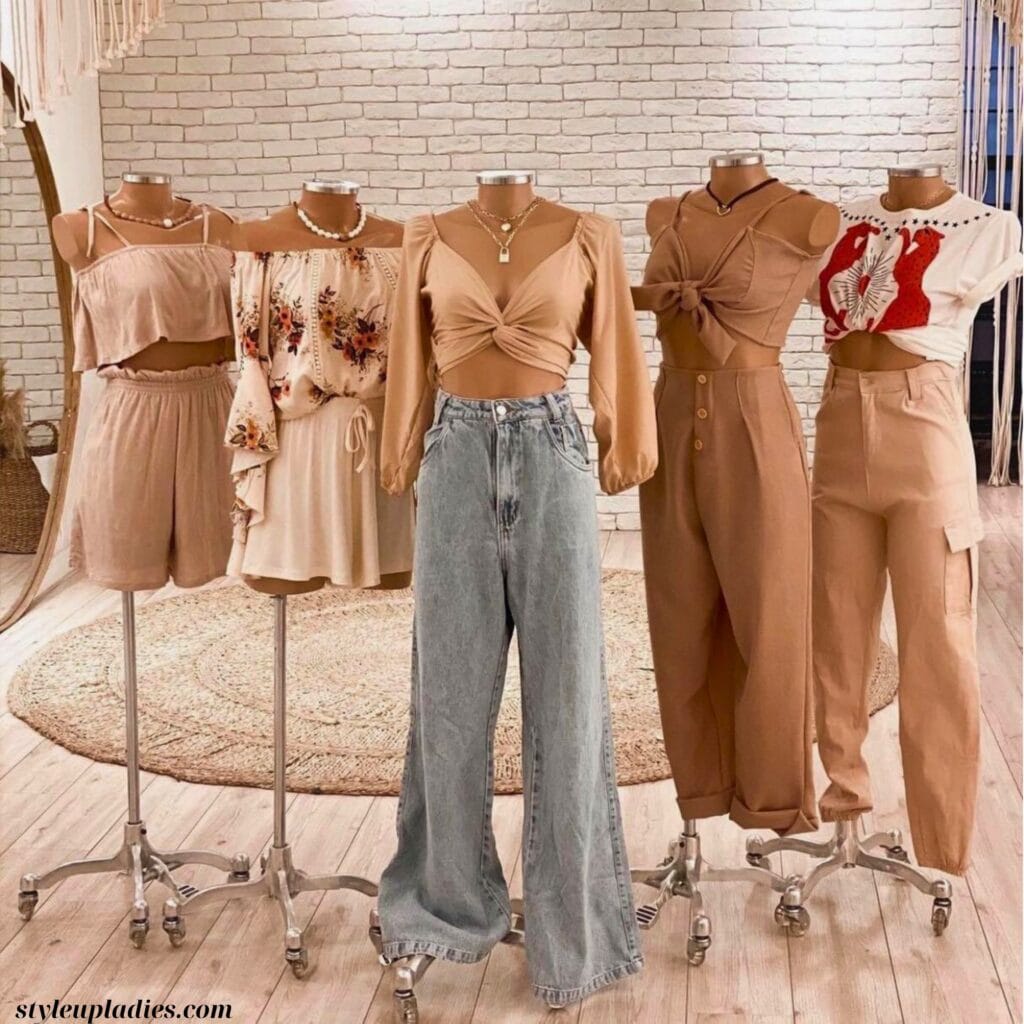
Ethical Fashion
When you choose ethical brands, you support fair wages, safe working conditions, and humane treatment of workers. Sustainable fashion often champions artisans and local craftsmen, preserving traditional skills and providing jobs in fair-trade environments.
These brands prioritize transparency, ensuring that their supply chains are free from exploitation. By supporting them, you help create a more equitable and just fashion industry.
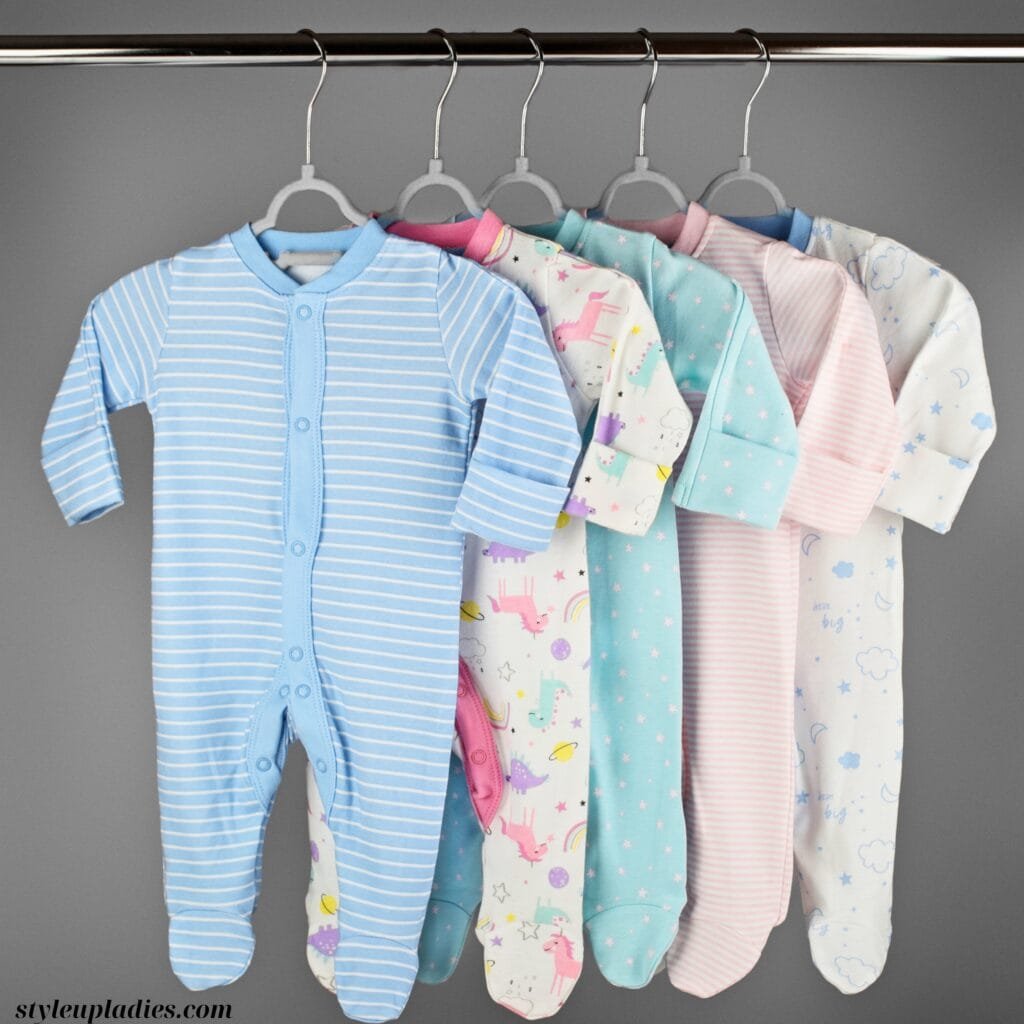
Personal Health
Wearing non-toxic fabrics like organic cotton or linen helps protect your skin from irritants. Synthetic materials can sometimes release harmful chemicals, so switching to natural, eco-friendly fabrics benefits your health in the long run.
Natural fabrics are also more breathable, reducing the risk of skin allergies and discomfort. Additionally, these materials are gentler on sensitive skin, making them a healthier choice for everyday wear.
How to Build a Sustainable Wardrobe?
Start by focusing on timeless, versatile pieces that will last you years. Invest in high-quality staples rather than trendy items that quickly go out of style. Opt for natural, organic fabrics like linen, cotton, and hemp, and always look for ethical brands that prioritize sustainability.
Invest in Timeless Pieces
Timeless items like classic denim, neutral tops, or well-fitted blazers never go out of style. Investing in long-lasting, high-quality clothes helps you create a wardrobe that stays stylish without the need for constant updates.
Prioritize Natural and Organic Fabrics
Natural fibers like organic cotton, linen, and hemp are not only eco-friendly but also gentle on your skin. They require less water and chemicals to produce, making them a better choice for both you and the environment.
These materials are biodegradable and require fewer chemicals to produce compared to synthetic fabrics like polyester.
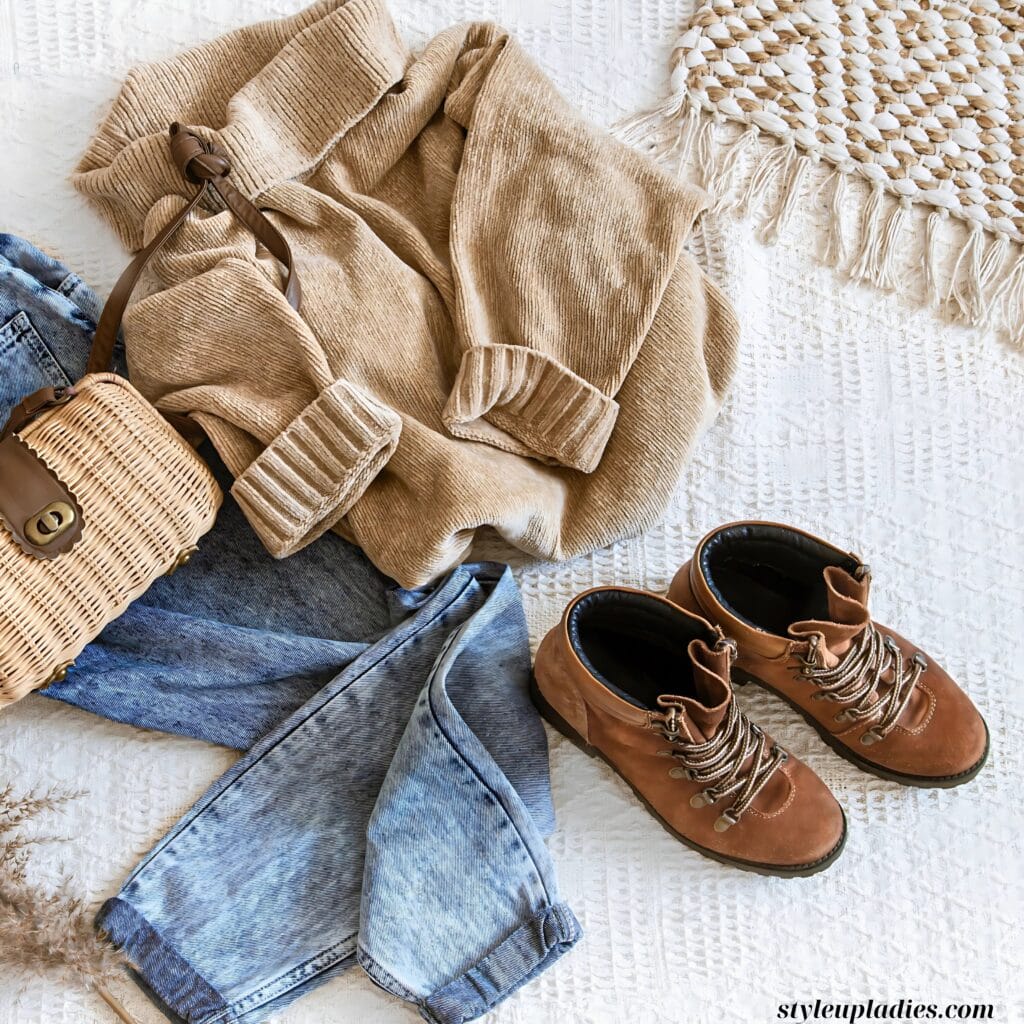
Support Ethical Brands
Look for brands that prioritize sustainable practices, such as using organic fabrics, fair wages, and environmentally friendly production methods. Supporting these companies helps promote a more ethical fashion industry.
Look for certifications like Fair Trade, GOTS (Global Organic Textile Standard), and Bluesign, which indicate a commitment to environmental and social responsibility.
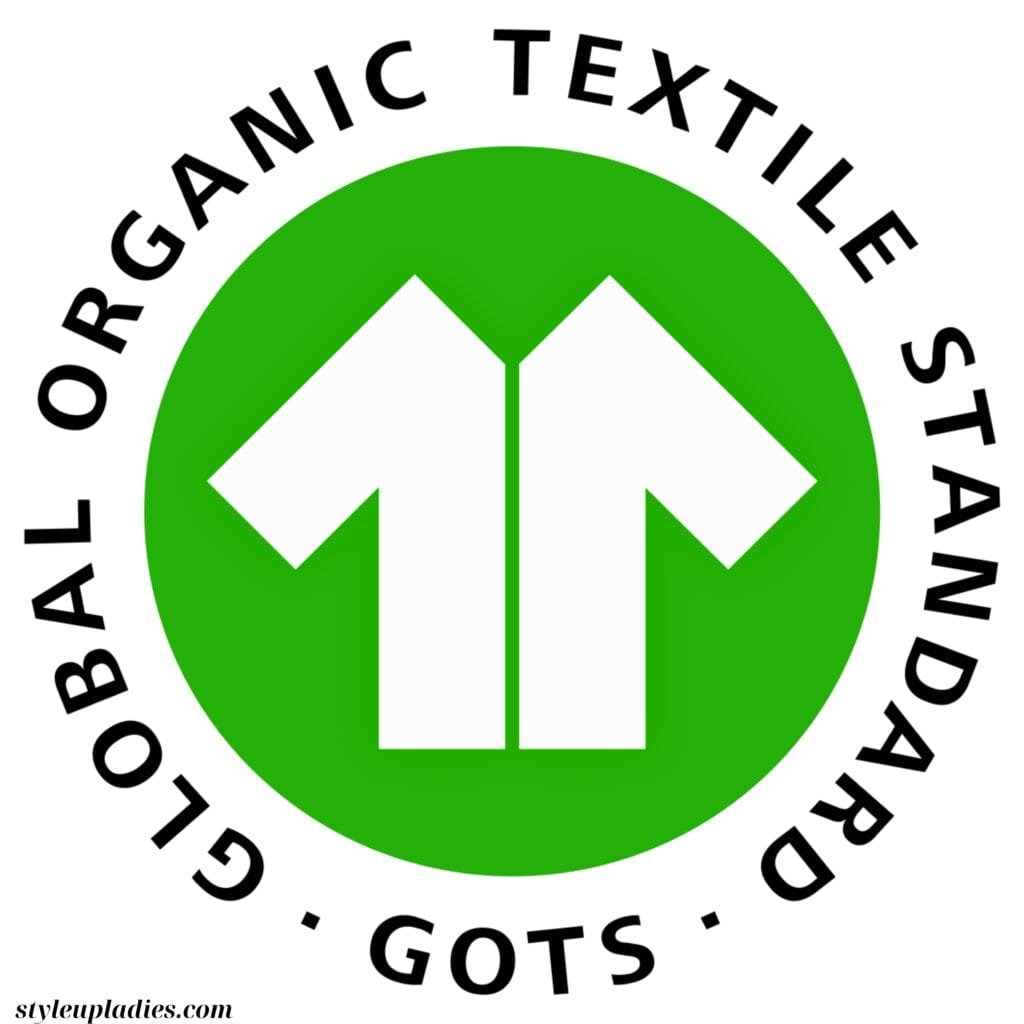
Tips for Shopping Sustainably
Shopping Secondhand and Vintage
Thrifting and shopping vintage are great ways to find unique, high-quality items while saving resources. You can discover one-of-a-kind pieces that add character to your wardrobe.
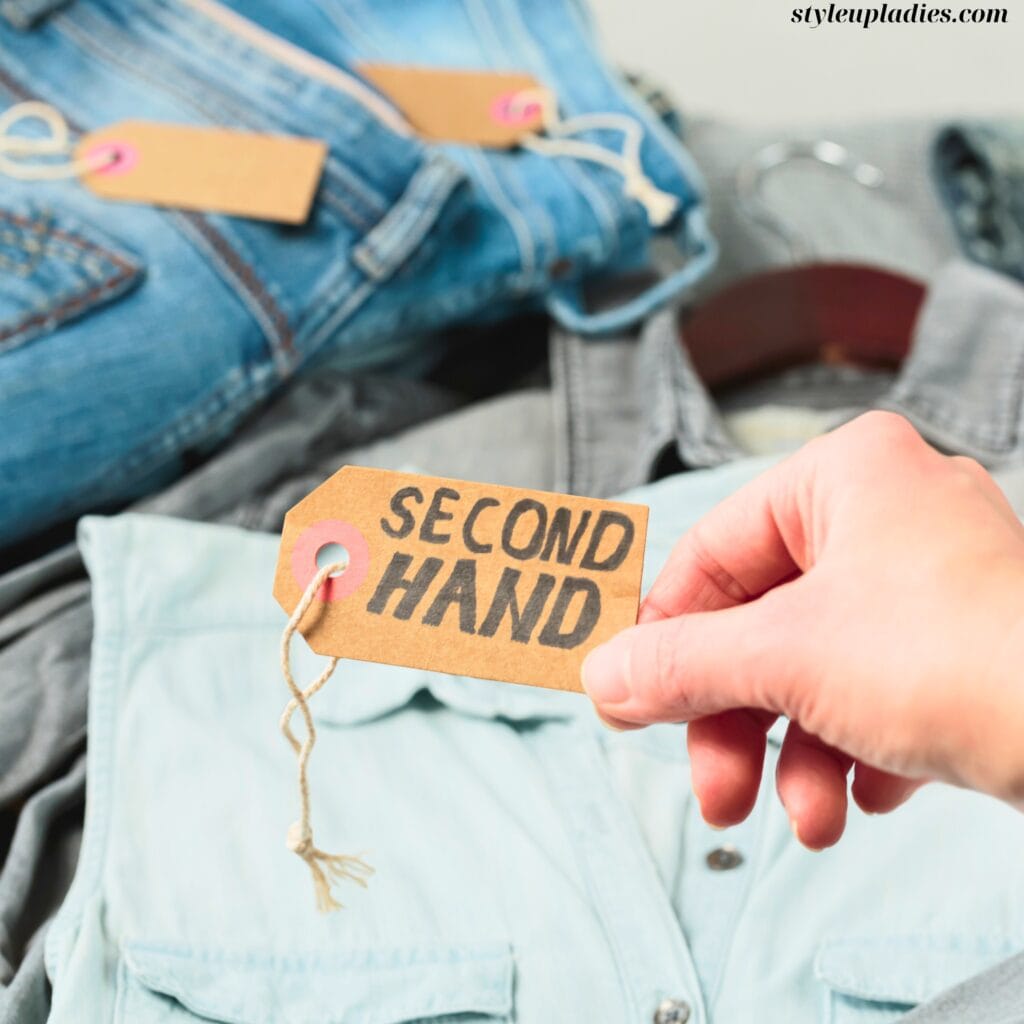
Benefits of Thrifting
Shopping second hand helps reduce waste and the demand for new clothing. It gives garments a second life, lowering the environmental impact of fashion production and disposal.
How to Find High-Quality Vintage Pieces?
When thrifting, focus on materials like wool, leather, and silk, which tend to last longer. Check the quality of stitching and the overall condition to ensure you’re getting a durable, long-lasting piece.
Check for any signs of wear and tear, and make sure zippers and buttons are intact. Don’t be afraid to get pieces tailored for the perfect fit.
Tips on Identifying Vintage Items
Look for unique detailing like old-fashioned buttons, tags, or classic tailoring that sets vintage items apart from modern fast fashion. A vintage piece can instantly elevate your style and offer a sustainable fashion statement.
Look for intricate beadwork, embroidery, and unusual prints. Mix vintage pieces with modern basics for a one-of-a-kind look that’s all your own.
Upcycling and Repurposing Old Clothes
Give your old clothes a new lease on life by upcycling them into something fresh and trendy. Repurposing garments is a creative way to keep your wardrobe exciting without buying new.
What is Upcycling?
Upcycling involves transforming old or unused clothing into something new. This could mean turning a dress into a top or reworking a worn-out jacket into a bag. It’s a fun and sustainable way to keep your wardrobe updated.
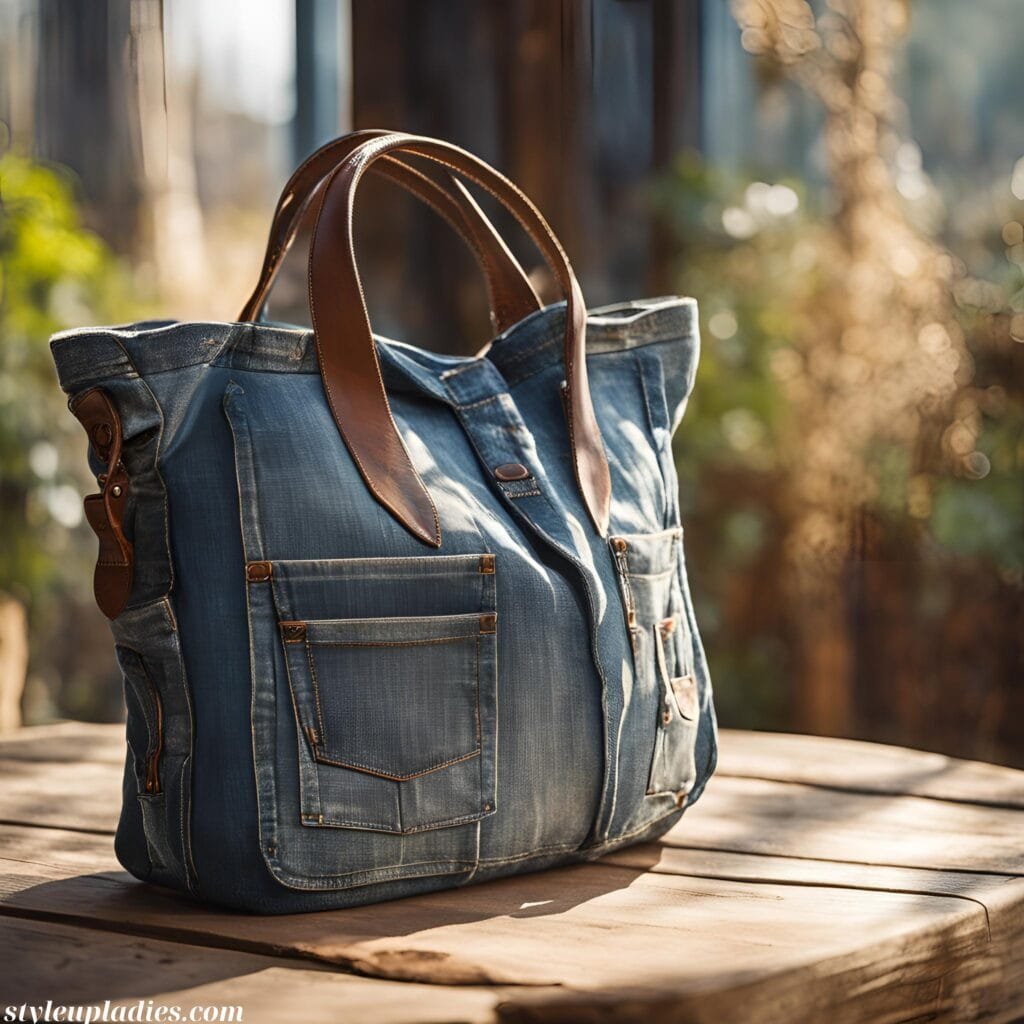
Easy DIY Upcycling Ideas
Try simple DIY projects like adding patches to jeans, cutting an old T-shirt into a crop top, or turning a scarf into a headband. These quick fixes help you refresh your wardrobe sustainably.
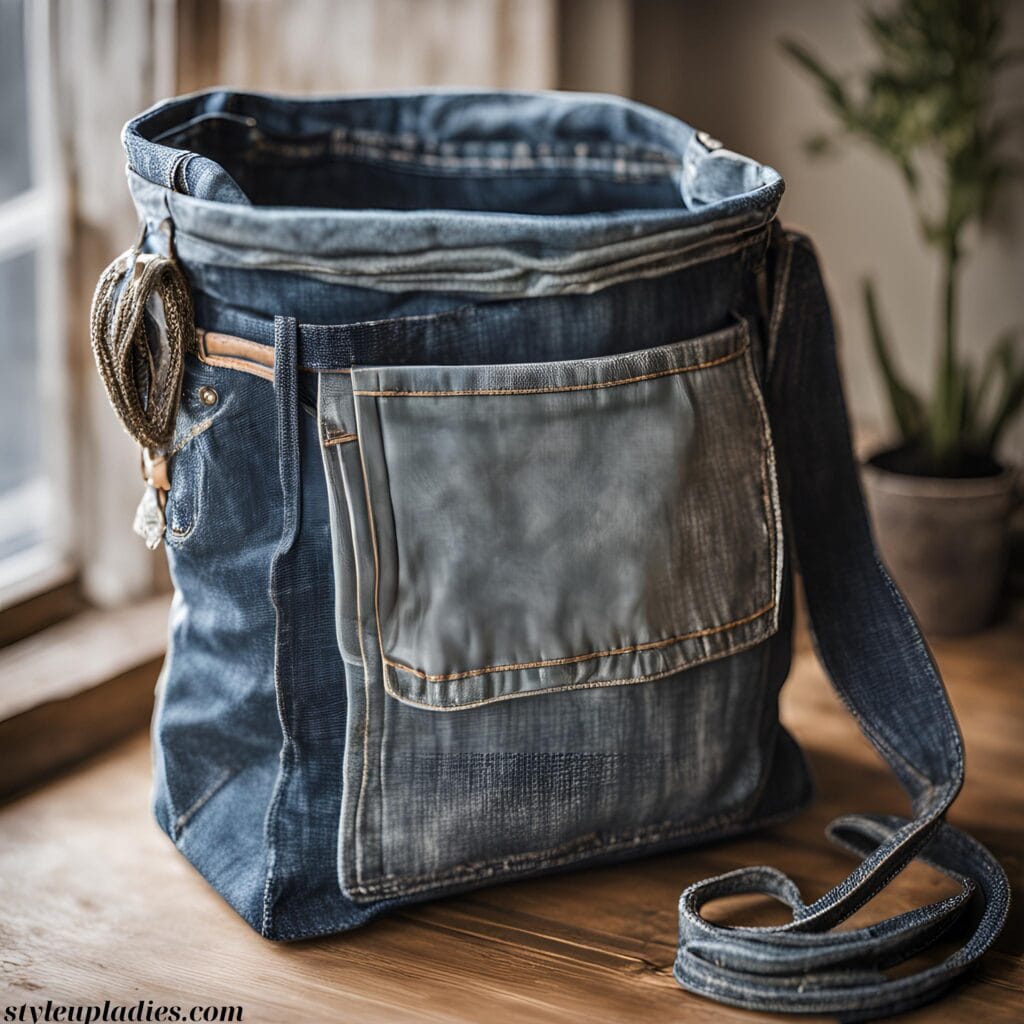
Capsule Wardrobes: A Minimalist Approach
A capsule wardrobe focuses on a limited number of versatile, high-quality pieces that can be mixed and matched for different looks.
What is a Capsule Wardrobe?
A capsule wardrobe is a curated collection of clothes that you love and wear often. It includes only essential items, chosen for their versatility and durability, allowing you to reduce waste and overconsumption.It’s all about simplicity, sustainability, and investing in items you truly love.
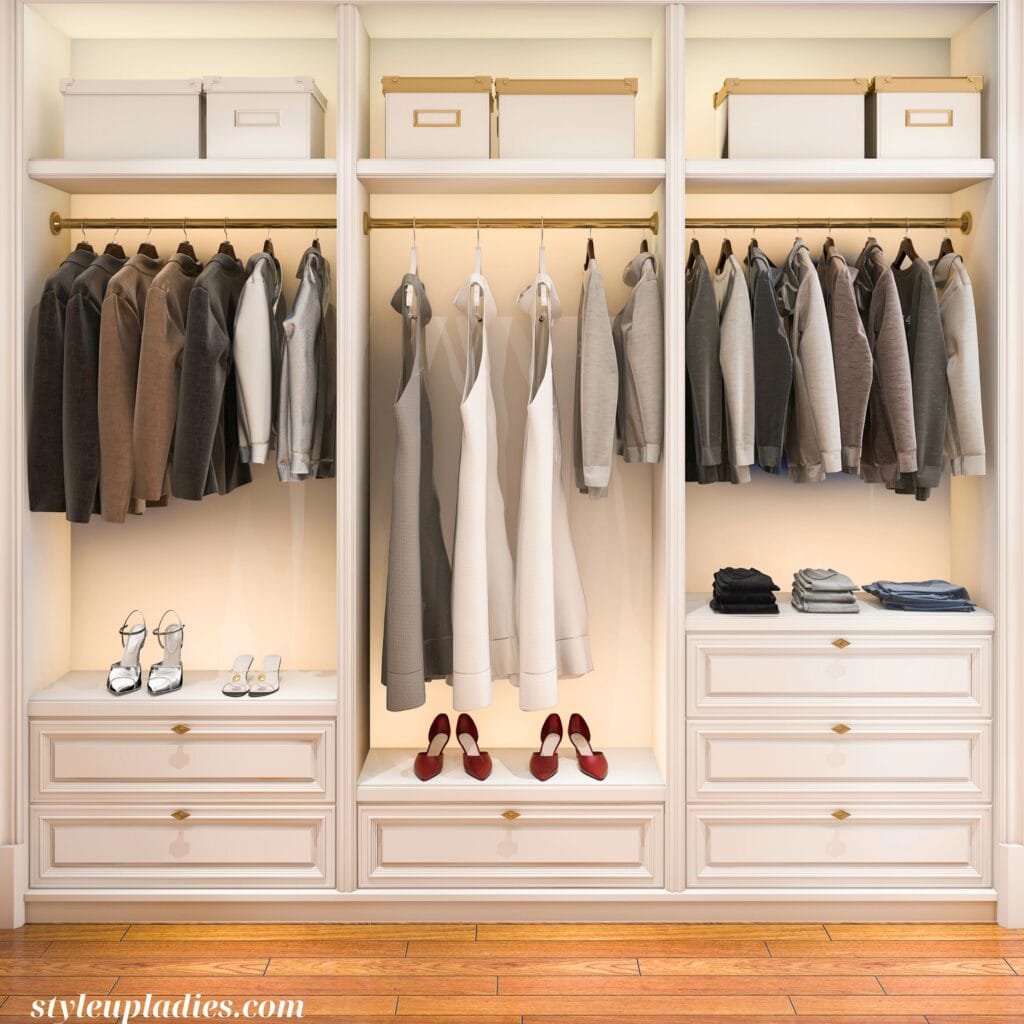
How to Create a Capsule Wardrobe?
Start by picking neutral colors and versatile pieces that work for multiple occasions. Limit your wardrobe to essentials like a great pair of jeans, a blazer, and a few tops that can be styled in various ways.Then, build around those items with complementary pieces in coordinating colors. Aim for around 30-40 pieces total, including shoes and accessories.
Sustainable Fashion on a Budget
Sustainable fashion doesn’t have to be expensive. Thrift stores, swap events, and even rental services allow you to refresh your wardrobe without breaking the bank.
Thrift and Swap Events
Clothing swaps are a great way to refresh your wardrobe without buying new. Attend or organize swap events to trade clothes with friends or your local community. It’s a fun way to refresh your wardrobe without buying new. You can also score some amazing finds at thrift stores and consignment shops.
Renting and Borrowing Clothes
For special occasions or one-time events, consider renting your outfit instead of buying something new. Renting clothes for special occasions is a budget-friendly way to stay stylish while reducing the need to buy new.
You can also borrow clothes from friends or family for a fresh look without spending.There are also clothing rental services that let you borrow items for a monthly fee, so you can constantly refresh your wardrobe without the waste.
Sustainable Fashion Trends to Try
Key Trends for Eco-Friendly Style
Keep an eye out for trends like biodegradable fabrics like Tencel and organic cotton, recycled materials made from plastic bottles, and digital fashion, all of which prioritize sustainability. These trends prove that you can stay fashion-forward while making eco-friendly choices.

How to Stay Fashion-Forward
To balance trends with sustainability, focus on adding eco-friendly pieces that align with your personal style. Instead of buying into every new trend, pick a few that truly resonate with you and fit your wardrobe.
Look for eco-friendly versions of current styles, like a vegan leather moto jacket or a recycled polyester puffer coat. Mix and match trendy pieces with classic, timeless items for a look that’s both stylish and sustainable.
Role of Consumers in Driving Change
Consumers play a powerful role in shaping the fashion industry by choosing where to spend their money.
- Consumer demand drives brands to adopt sustainable practices because companies respond to what shoppers want. The more we prioritize eco-friendly and ethical fashion, the more brands will shift towards greener alternatives.
- By choosing eco-friendly brands, we encourage a greener fashion industry, signaling that sustainable options are important to us. When you support these companies, you’re investing in a future where fashion production is kinder to the planet and its people.
- Raising awareness about sustainable fashion spreads the message further. Sharing knowledge with others, whether through social media, conversations, or even fashion choices, helps create a growing movement toward sustainability.
- Educating friends and family can create a ripple effect. When people learn about the impact of fast fashion, they are more likely to make conscious decisions, and that influence can extend throughout communities and beyond.
- Boycotting unethical brands pushes them to rethink their practices. When consumers stop supporting companies that exploit workers or harm the environment, it forces those brands to reconsider their business models to stay relevant.
- Voting with your wallet helps the fashion industry move towards sustainability. Every purchase is a statement. By supporting sustainable brands, you’re sending a clear message that ethical and eco-friendly fashion should be the new standard.
Making the Switch to Sustainable Fashion
Transitioning to a sustainable wardrobe doesn’t have to happen overnight. Start small and gradually swap out your fast-fashion purchases for more eco-friendly options.
Starting Small
Don’t feel like you need to overhaul your entire wardrobe overnight. Start by making small, simple swaps like choosing organic cotton tees or investing in a quality pair of jeans. Every little bit helps!
Long-Term Commitment
Sustainable fashion isn’t a one-time decision—it’s a long-term commitment. By consistently choosing eco-friendly options, you make a lasting impact on the fashion industry. Making the switch to sustainable fashion is a journey, not a destination.
Commit to making more mindful, eco-friendly choices over time. As you replace items in your wardrobe, look for sustainable options and consider the long-term impact of your purchases.
Future of Sustainable Fashion
The future of Fashion is leaning heavily toward sustainability, with exciting innovations and shifts in production methods.
- New sustainable materials like mushroom leather and lab-grown fabrics are on the rise, offering alternatives to traditional animal and synthetic fibers. These innovations are not only eco-friendly but also open up new creative possibilities for designers.
- The fashion industry is moving towards closed-loop production, where nothing goes to waste. This means that clothes are designed with their full lifecycle in mind, making recycling or repurposing much easier. As this concept gains traction, brands will likely adopt more circular systems to minimize their environmental impact.
- Innovations in recycling methods are helping reduce the need for new resources, allowing old garments to be turned into new fabrics. This reduces the reliance on virgin materials and helps tackle the issue of textile waste.
- Consumer awareness and demand are pushing brands to prioritize sustainability, and this trend shows no signs of slowing down. As people become more conscious of their choices, they will continue to demand transparency and accountability from their favorite brands.
- We’re likely to see more transparency in the supply chain as brands respond to consumer pressure, offering insights into where materials come from and how garments are produced. This will empower consumers to make more informed choices.
- A fully circular fashion economy could be the future, where every piece is reused or recycled, reducing waste and creating a more sustainable and eco-friendly fashion industry. This shift will require commitment from both brands and consumers, but it’s a vision worth striving for.
Conclusion
Sustainable fashion is about more than just what you wear—it’s about how your choices impact the world. Sustainable fashion is the future, and it’s up to all of us to make it happen. By making small changes in our shopping habits and supporting eco-friendly brands, we can look amazing while also doing our part to protect the planet.
Remember, sustainable fashion isn’t about sacrificing style – it’s about making choices that align with your values and express your unique personality.
So let’s all embrace the sustainable fashion movement and show the world that we can be both fashionable and responsible. Together, we’ve got this!
FAQs
What is the difference between sustainable and ethical fashion?
Sustainable fashion focuses on environmental responsibility, while ethical fashion prioritizes social responsibility and worker well-being. However, there is often overlap between the two.
Are sustainable fashion options more expensive?
While some sustainable fashion brands may have higher price points, there are also affordable options like thrifting and clothing swaps. Investing in quality, timeless pieces can also save you money in the long run.
What are some sustainable fabrics to look for?
Look for organic cotton, linen, hemp, Tencel, and recycled materials like polyester made from plastic bottles. Avoid synthetic fabrics like conventional polyester and nylon, which are made from fossil fuels.
How can I know if a brand is truly sustainable?
Look for third-party certifications like Fair Trade, GOTS, and Bluesign. Check the brand’s website for information on their sustainability practices and supply chain transparency. Be wary of greenwashing and vague claims.
Can I still be fashionable while dressing sustainably?
Absolutely! Sustainable fashion has come a long way in recent years, with many stylish and on-trend options available. It’s all about getting creative and finding pieces that express your personal style.
How can I dispose of my old clothes in an eco-friendly way?
First, try to repair, upcycle, or swap items before getting rid of them. If you must dispose of clothes, donate gently used items to thrift stores or charities. For worn-out items, look for textile recycling programs in your area.
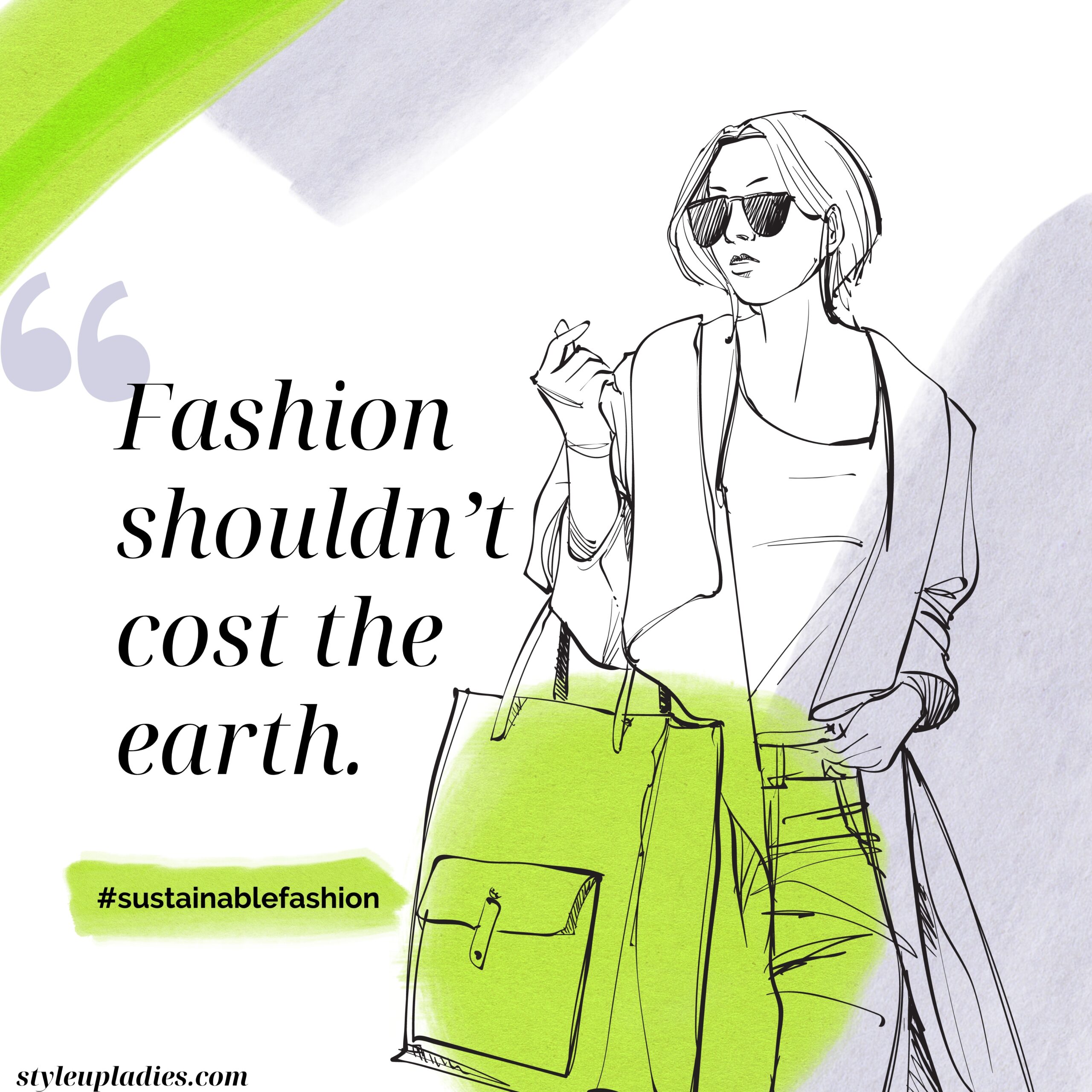

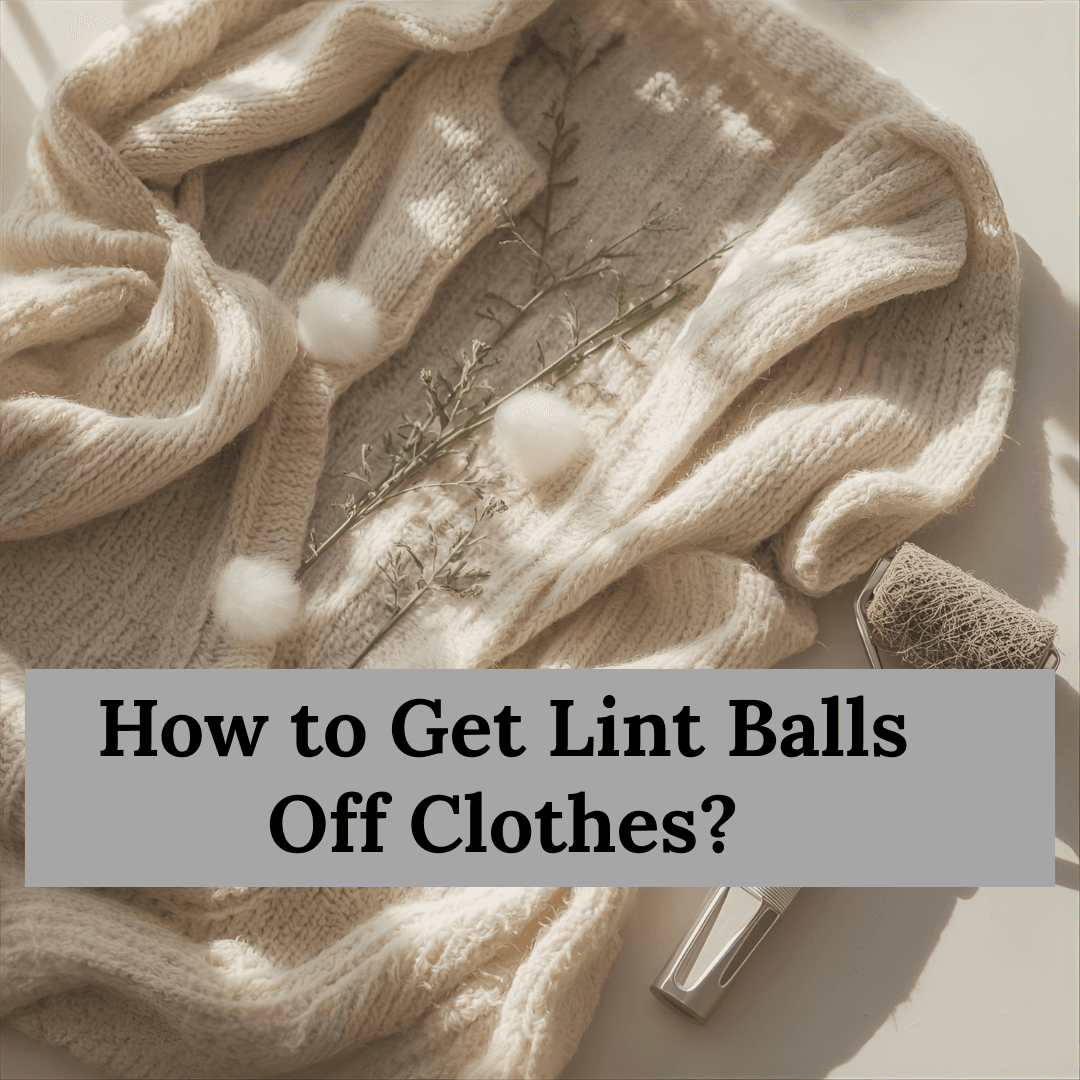
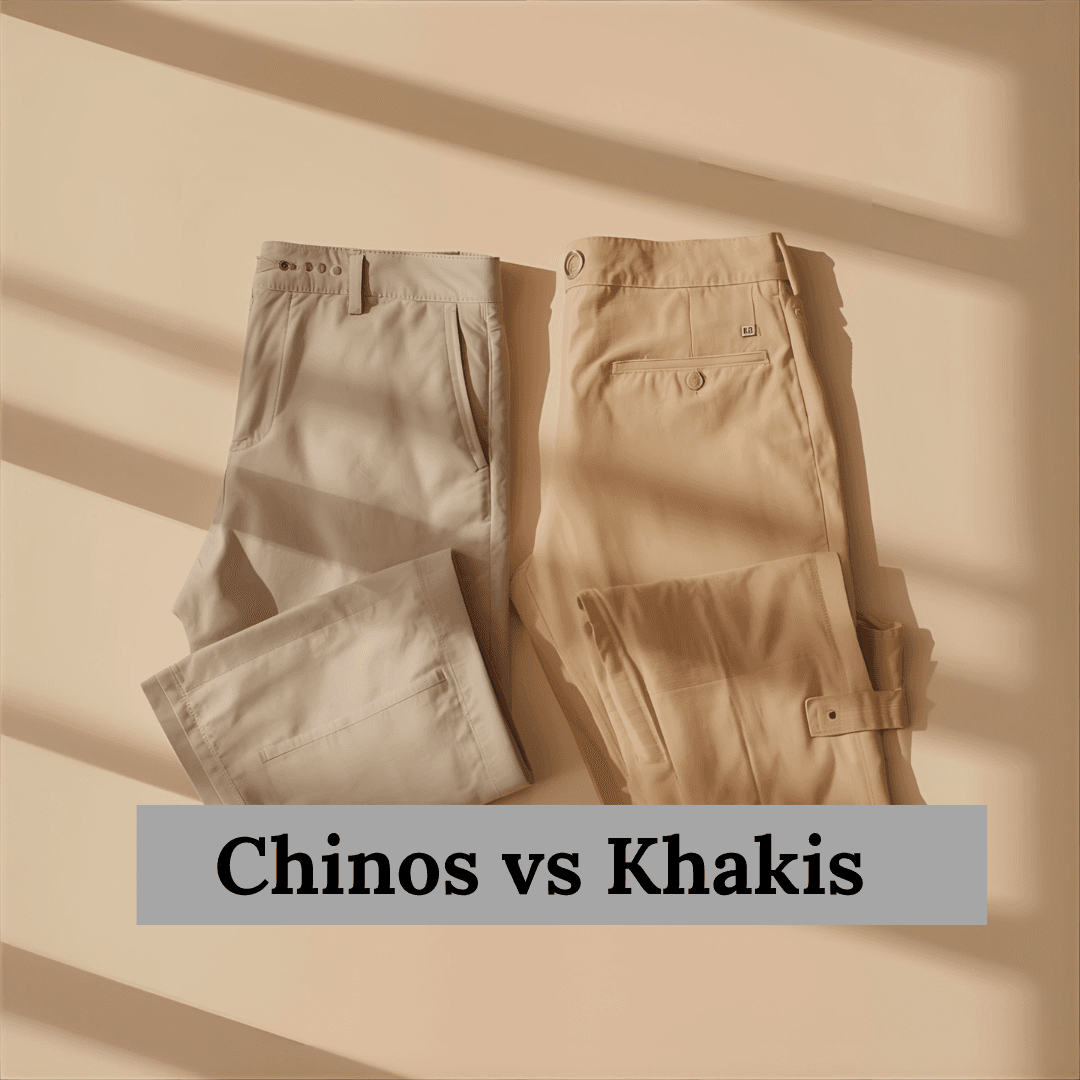



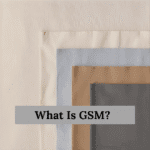
Leave a Reply